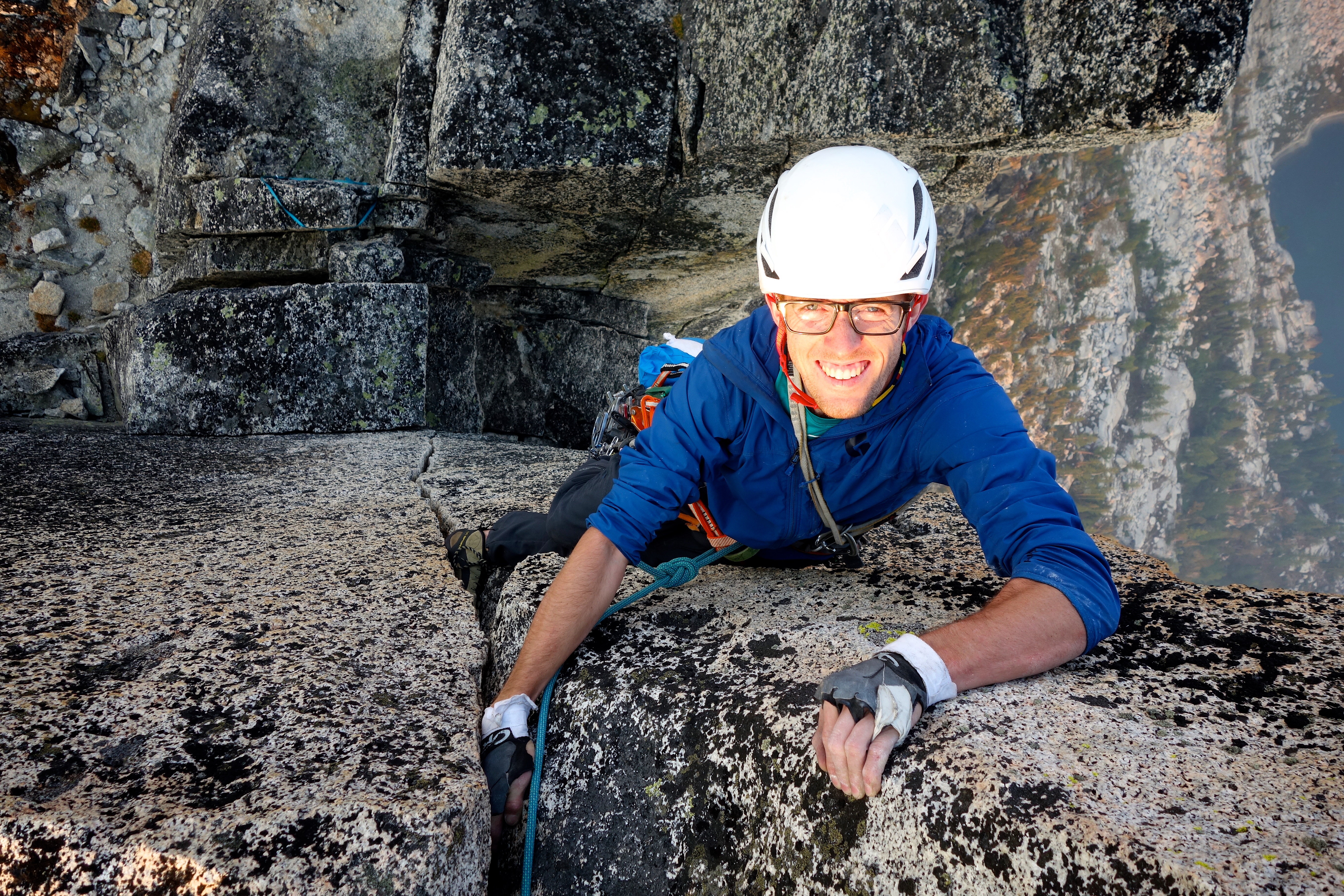

I am a PhD Candidate in the Department of Earth and Space Sciences at the University of Washington. I work in the atmospheric and space electrodynamics group with Drs. Bob Holzworth and Michael McCarthy, on a number of projects directly or tangentially related to lightning. You can read more about some of them at the Projects page.
I’m originally from Salt Lake City, Utah, and I graduated with a BA in Physics with Honors from Dartmouth College in 2014. While there, I was fortunate to be involved in research with Dr. Kristina Lynch on payload development for a cubesat swarm. We launched a number of sounding balloons with instrument and telemetry packages, and for my undergraduate thesis I designed a deployment scheme and analyzed the trajectories of a 32-member cubesat swarm in sun-synchronous orbit. That work got me interested in space physics, and also provided valuable background in scientific ballooning that is now an important part of both my research and teaching.
I enjoy working on both computational and hardware projects. All of my lightning work is related to the World Wide Lightning Location Network (WWLLN), which I help build and maintain. As the part of our Global Electric Circuit balloon campaign, I designed, built and launched vector electrometer instruments on four stratospheric balloons. I was involved in the validation of a similar vector electric field instrument that flew on the Charged Aerosol Release Experiment II sounding rocket, and helped operate airborne cameras during its launch from Andoya, Norway in September 2015.
When I’m not working on hardware, I use WWLLN’s global lightning dataset to learn about atmospheric electricity, and Earth’s ionosphere and inner magnetosphere. In particular, I have used the global distribution of lightning stroke-to-station propagation paths to study the impact of strong solar flares on radio wave propagation; I trace whistler ray paths from WWLLN-detected lightning strokes into the plasmasphere, and calculate the time-varying global thunderstorm area and correlate this with atmospheric electrical measurements taken by the aforementioned stratospheric balloon payloads. All of these projects are still ongoing, and you can read about them at the Projects page.
Aside from work, I enjoy backcountry skiing, mountain biking, rock climbing, and general wandering in Washington’s Cascade Mountains and elsewhere.